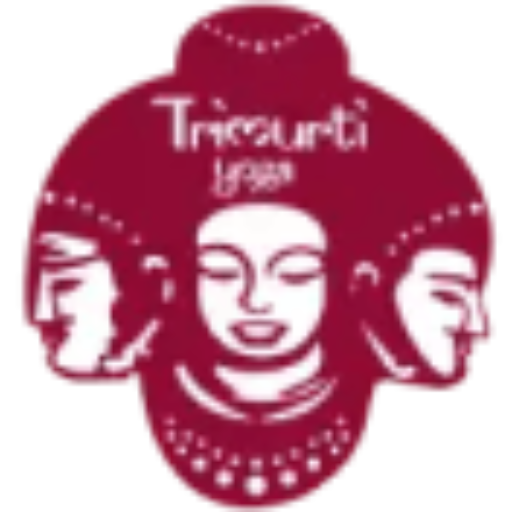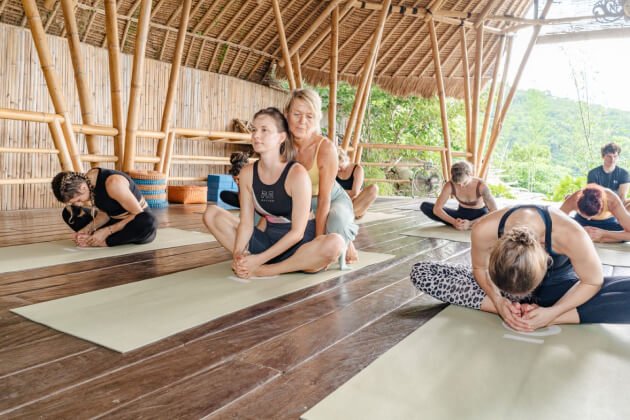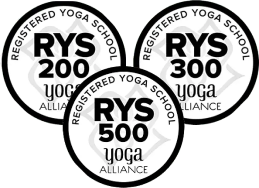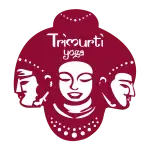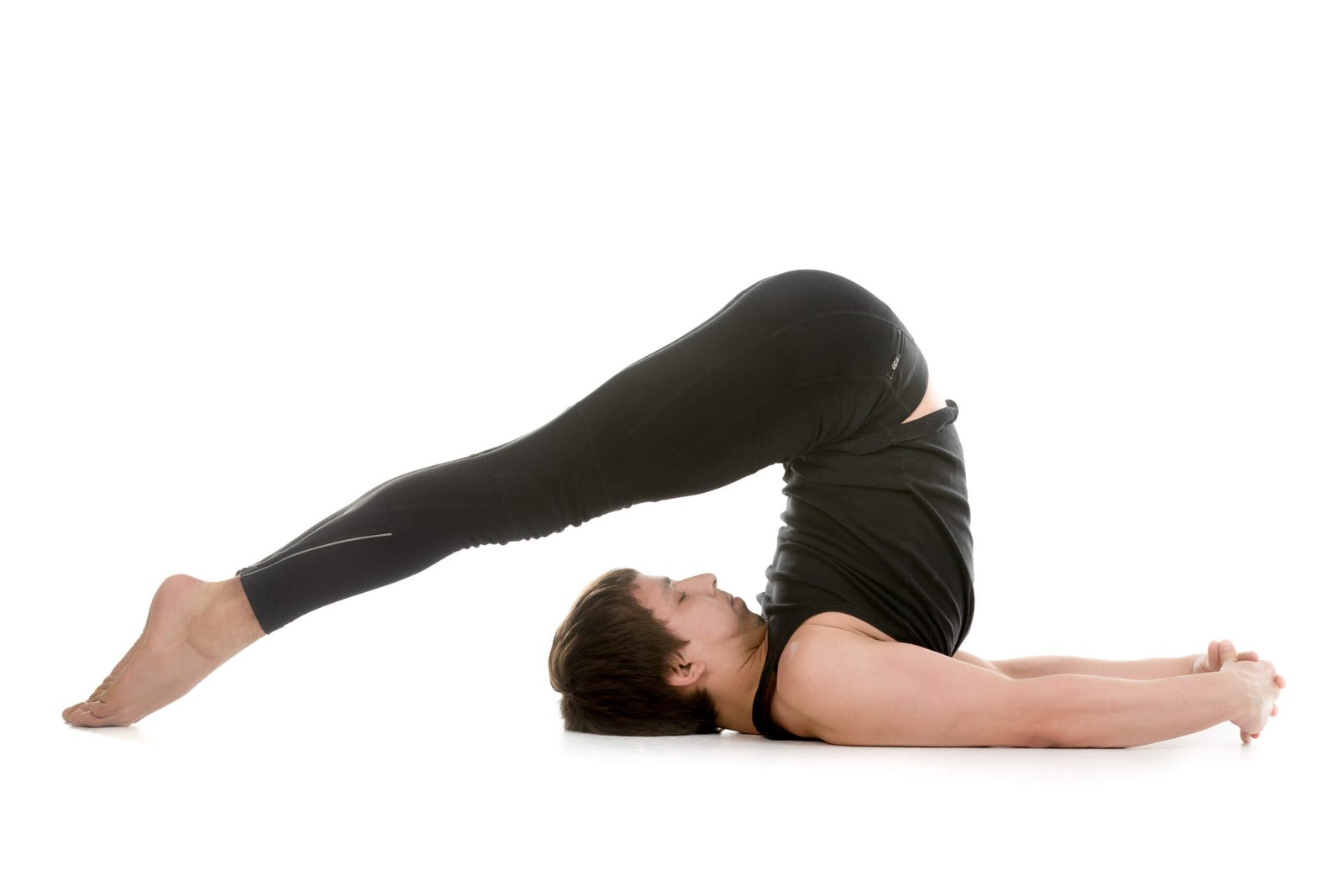
Halasana, popularly known as the Plow Pose, is an important form of yoga posture in traditional yoga practices. The name “Halasana” was coined from Sanskrit words: “Hala,” meaning plow, and “Asana,” meaning pose. This is referred to as a plow pose because one’s body takes the shape of this agricultural tool while performing the posture. Halasana includes several benefits concerning both physical and mental health, so it is of great value in any yoga routine. In this article, we will discuss the benefits of Halasana.
What is Halasana?
Halasana is a form of yoga asana, in which one lies down on the floor with the back and lifts the legs over the head until the toes touch the floor behind the head. It stretches the spine and involves many groups of muscles; therefore, it serves many useful purposes. This is an advanced pose, which demands flexibility and strength; hence, it is mostly performed after building up the ability and practice with simpler asanas.
Top 5 Halasana Yoga Benefits
Spinal flexibility and strength
Halasana stretches the spine and gives it a good tone. This will help in relieving stiffness and flexibility of the spine since the legs are brought above the head. Frequent practice of Halasana will consequently strengthen the back muscles, which include spinal erectors, thus leading to improvement in one’s posture and reduction of back pains.
Enhanced Digestion
The Plow Pose is favorable for the digestive system. While folding the body in such a way in this pose, the abdominal organs like the stomach and intestines get compressed and massaged. As a result of such stimulation, digestion improves, and constipation gets mildly treated. It also helps people to have regular bowel movements. Hence, Halasana has been advised for people experiencing digestion problems.
Stimulate the Thyroid Gland
Another unique benefit of Halasana is that it works to stimulate the thyroid gland. The thyroid itself is important in the regulation of metabolism, energy level, and hormone production. In such a pose, the area of your neck, which is compressed, helps activate the thyroid gland to balance the hormones and raise the general metabolic rate.
Relieves Stress
The practice of Halasana calms the nervous system and, hence, can be effectively done to reduce stress and anxiety. The pose promotes proper breathing and encourages relaxation, allowing the mind to free itself of thoughts and help focus. Thus, it brings better clarity to mental functioning with regular practice and helps one feel better overall.
Improved Circulation
The alignment in Plow Pose will increase the blood flow into the upper parts of the body, particularly the neck and head. Increased flow would mean that the cells are better oxygenated and nourished to rejuvenate the body and health. This can also be beneficial for cardiovascular health.
How to do Halasana Yoga?
The Halasana position should be correctly performed to derive full benefits from it and also to avoid injury. Here is a step-by-step guide on how one can do so:
- Lie flat on your back with your arms spread along the sides of your body and palms facing down.
- Take a slow breath while raising straight legs toward a 90-degree angle, without bending your knees. This motion can be done with the help of your abdominal muscles.
- Take an even deeper breath and support the back of your lower body with your hands as you elevate your hips above the floor. Allow your legs to slightly fall over the top of your head.
- Try to reach your toes onto the floor behind your head. If you’re not flexible enough to reach there initially, go as close as you can without strain.
- Once you are in the position, stay for several breaths. Beginners might hold it for 10-20 seconds to start with, increasing the duration with time as the body becomes accustomed to it.
- To come out of the pose, slowly lower your back and legs to the floor on an exhalation. This should be done gradually so that no strain or injury is caused in the process.
Precautions While Practicing Halasana
Though Halasana is therapeutically useful, one should practice the asana with caution, especially for beginners in yoga or those who have certain health conditions. Given below are some important precautions:
Avoid Neck Pull: While being in this position, one must attempt to cause no pulls or other injuries in the cervical spine without turning or pulling the head or neck.
Practice Slowly: For beginners, an individual needs to get into the pose slowly. One can also use props, such as a folded blanket under your shoulders, that would support your neck.
Practice on Empty Stomach: It is best to practice Halasana on an empty stomach or, at least, 4-6 hours after taking any meal to avoid discomfort.
Smooth Movements: Do the asana slowly and not with fast movements, which may cause injury in many parts.
Who Should Not Do Halasana?
Halasana can be a powerful pose, but not for all. Certain people must avoid this kriya.
- People with some problems in the neck or back, for instance, should avoid performing Halasana because it would simply trigger it more. One is also to stay away from this asana if there are injuries in the regions of the neck, spine, and shoulders.
- Pregnant women are also prohibited from doing Halasana because it exerts extreme pressure on the abdomen.
- People with High Blood Pressure or Glaucoma: The weight of the inverted pose may also increase the blood pressure in the head and the eyes, which is harmful to those who are already suffering from such conditions.
- People with Severe Digestive Issues: It is not advisable for people suffering from hernias or other serious digestive problems because this asana might worsen the problem.
Conclusion
Halasana is a highly restorative yoga practice that provides many physical and mental health advantages. It increases spine flexibility, allows for proper thyroid function, helps digestion, and promotes mental clarity. When there are any health issues, it should be done with great care and never without first seeking proper medical advice. Halasana, when performed correctly, can become a fundamental part of your yoga practice, resulting in increased well-being and energy.

